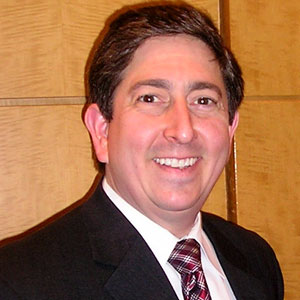
“Obamacare is the law of the land.”
And thus ended the debate over repeal and replace of the Patient Protection and Affordable Care Act (ACA), as Paul Ryan (R-WI), the speaker of the U.S. House of Representatives left the podium Friday afternoon on March 24.
Released only weeks earlier, the Republican version of a national healthcare law to repeal the majority of Obamacare and replace it with legislation that was intended to provide more choice at lower costs, was introduced on March 6, and was called the American Health Care Act of 2017 (AHCA).
The Affordable Care Act of 2010
Passed in 2010, ACA, also known as Obamacare, was not perfect (even Democrats admitted that it was rough around the edges), but the intent was to draw a stark line in the sand, demarcating a point from which a greater number of Americans would have access to healthcare. In fact, Obamacare added, by conservative estimates, more than 20 million insured Americans to the healthcare system. People who did not previously have access to healthcare coverage had options. And for those who could not afford it, state exchange programs were created to add them to the rosters too. Medicaid was also expanded to reach a broader segment.
Yes, people were essentially forced to purchase some kind of health coverage or they would be financially penalized, but even those fines were minimal. Objections were that the idea of compelling people to purchase something was somehow un-American. However, what was often left out of the discussion is that millions of Americans without insurance were using emergency rooms as their primary care providers, and those people were not paying for their care but relying on the hospitals to charge higher rates to those with insurance.
Additionally, critics argued that the 10 essential benefits required under every insurance policy in ACA made individuals pay for coverage they would not necessarily use. Often cited was maternity care. Why would any man have to pay for that? However, it was almost impossible to find insurance coverage that would be specific enough for any one individual.
By 2016, the political environment was seething. People felt disenfranchised by the system and lied to by politicians. At least half of the country was seeking something different, and they went to the polls to make a political outsider the new president.
Repeal and Replace in 2017
Campaigning on the slogan to “repeal and replace” Obamacare, a new healthcare bill was on the top of President Trump’s domestic policy agenda, and the U.S. Congress was charged with starting there. Because ACA was enacted through complex budgetary mechanisms in statutory regulations, it was not possible to simply overturn the law.
Arcane legislative tactics were used through multiple congressional committees to usher AHCA through the House of Representatives’ internal structure. Finally, March 24, 2017, was designated as the day for the bill to come to the floor of the House and to be debated.
A simple majority of 218 votes was needed, and the Republicans had spent several weeks trying to secure those votes from their majority, but they had dissention in their ranks. What Speaker Ryan soon discovered was that the conservative wing of his party did not care for AHCA. To them, this was “Obamacare lite,” and they did not support it. Those representatives campaigned on full repeal and they were seeking a vote on that. More than that, moderate Republicans were afraid that AHCA would strip away safety net programs that their constituents had grown accustomed to receiving: free screenings, portability, no penalty for pre-existing conditions, and keeping dependents on their parents’ plans. This new replacement bill would remove much of these benefits.
As the days leading up to the vote approached, a number of Republicans had still not formally committed to support the legislation. Debate began, and it lasted several hours, with most spectators assuming it would go well into the night as the Republicans attempted to wrangle their caucus to achieve the magic number.
Abruptly, in the late afternoon of March 24, the chair announced that AHCA had been pulled from the floor. It was impossible for the Republicans to get the number of votes necessary to pass the legislation. An hour later, Speaker Ryan uttered those now-famous words.
Moving Forward
The ACA will remain in place. The Trump administration is moving on to other domestic policy issues on the president’s agenda. Political fallout begins shortly, and the 2018 midterm elections will likely focus on the failed attempt to repeal and replace Obamacare.
What most elected officials actually wanted was to ensure that their constituents—all Americans—had access to health care. The system is imperfect, but it has proven to be the first step in changing the way the United States provides a right that most other industrialized countries have: health care for all.
ONS will continue to educate the federal government. As an organization, we will speak truth to power about the role of the nurse in the provision of health care and to promote patient-centered care. Now, more than ever, it is imperative to be an advocate. Find out about ONS’s efforts in health policy and how you can get involved.






